Home>Furniture & Design>Interior Design Trends>How To Remove Film From Glass
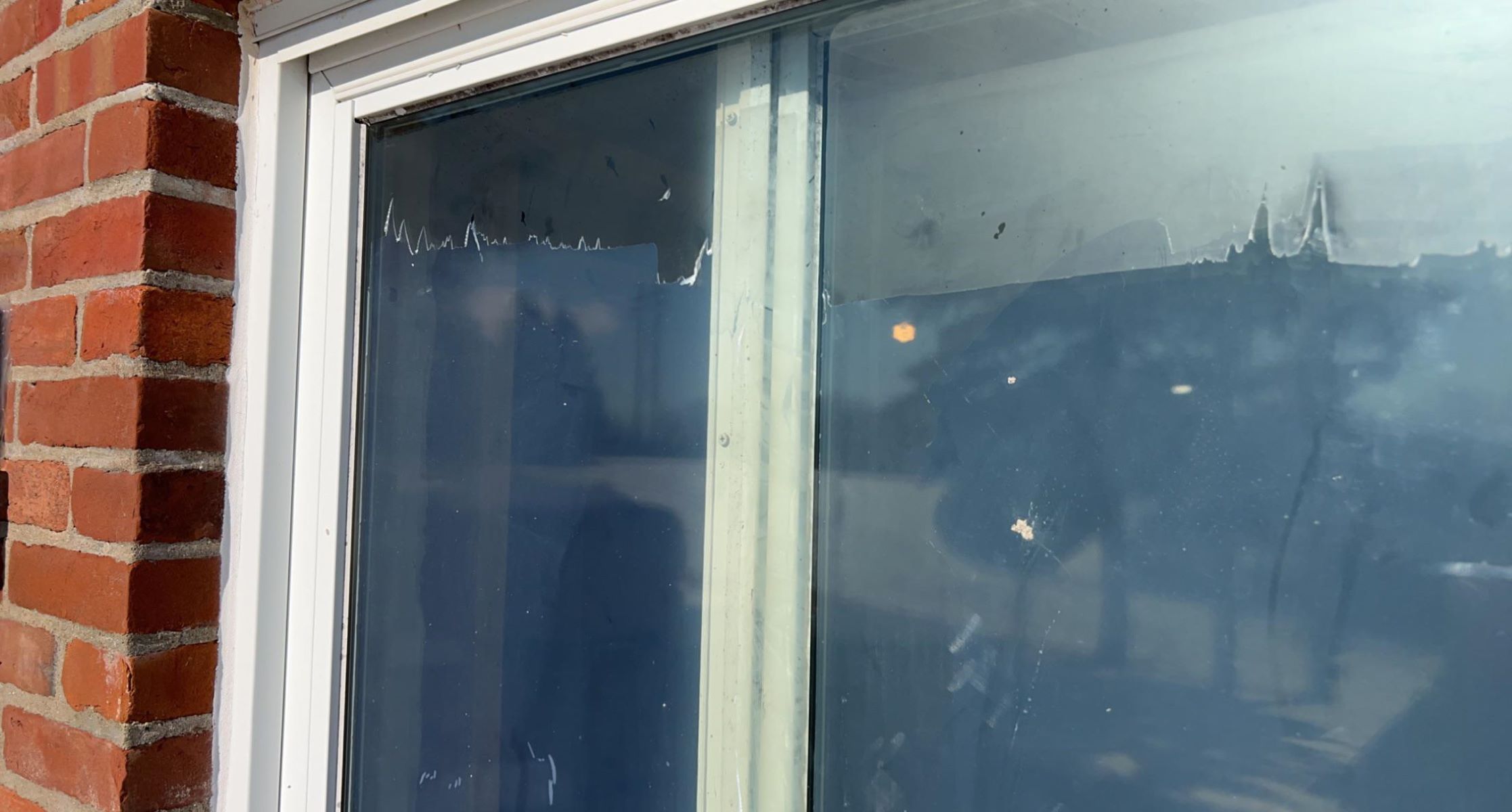

Interior Design Trends
How To Remove Film From Glass
Modified: October 19, 2024
Learn how to remove film from glass and keep up with the latest interior design trends. Discover effective techniques for a clear and stylish space.
(Many of the links in this article redirect to a specific reviewed product. Your purchase of these products through affiliate links helps to generate commission for Storables.com, at no extra cost. Learn more)
Introduction
Glass is a versatile and elegant material that adds a touch of sophistication to any space. Whether it's the windows in your home, the glass shower doors, or the glass tabletops, keeping them clean and free from film is essential for maintaining a sparkling and inviting environment. Over time, glass surfaces can develop a hazy film caused by a buildup of mineral deposits, hard water stains, or residue from cleaning products. This film not only detracts from the aesthetic appeal of the glass but also obstructs the passage of light, making the space appear dull and lackluster.
Removing the film from glass may seem like a daunting task, but with the right tools, materials, and techniques, it can be a straightforward and rewarding endeavor. By following a few simple steps, you can restore the clarity and transparency of your glass surfaces, allowing them to shine and showcase their inherent beauty once again.
In this comprehensive guide, we will delve into the process of removing film from glass, providing you with practical insights and expert tips to achieve pristine and gleaming results. From understanding the nature of the film on glass to outlining the step-by-step procedure and offering additional tips, we aim to equip you with the knowledge and confidence to tackle this common issue with ease.
So, whether you're dealing with cloudy windows that obstruct your view, or you want to revitalize the brilliance of your glass shower enclosure, this guide will empower you to take proactive measures and restore the clarity and allure of your glass surfaces. Let's embark on this journey to unveil the radiance of your glass and elevate the ambiance of your living spaces.
Key Takeaways:
- Say goodbye to cloudy glass! Combat hard water stains, cleaning product residue, and environmental pollutants with simple tools and natural solutions. Restore the brilliance of your glass surfaces with ease.
- Keep your glass sparkling! Prepare, scrub, rinse, and dry your glass surfaces with precision. Embrace preventative measures, regular maintenance, and eco-friendly options to maintain enduring clarity and allure.
Read more: How To Remove Vape Film From Car Windows
Understanding the Film on Glass
When you notice a cloudy or hazy film on your glass surfaces, it's essential to understand the underlying causes to effectively address the issue. The film on glass can manifest in various forms, each with its distinct origins and characteristics. By gaining insight into the nature of this film, you can tailor your approach to remove it and prevent its recurrence.
Hard Water Stains
One common culprit behind the film on glass is hard water. When water with high mineral content evaporates on glass surfaces, it leaves behind mineral deposits, resulting in unsightly stains and a cloudy appearance. These mineral deposits, primarily consisting of calcium and magnesium, can accumulate over time, creating a stubborn film that diminishes the transparency of the glass.
Residue from Cleaning Products
Another factor contributing to the film on glass is the residue left behind by certain cleaning products. Some glass cleaners contain chemicals that, when not thoroughly rinsed off, can form a thin film on the glass surface. This residue may not be immediately noticeable, but over time, it can build up and compromise the clarity of the glass.
Environmental Pollutants
In urban environments, glass surfaces are exposed to a myriad of environmental pollutants, including vehicle exhaust, industrial emissions, and airborne particles. These pollutants can adhere to the glass, gradually forming a film that diminishes its luster and transparency. Additionally, if the glass is located near a cooking area, airborne grease and oil particles can contribute to the buildup of a greasy film on the surface.
Read more: How To Remove Resin From Glass
Aging and Wear
As glass surfaces age, they may develop a film due to wear and tear. Microscopic scratches, abrasions, and etching caused by environmental factors or improper cleaning techniques can create an uneven surface that traps dirt and impairs the glass's clarity. This aging-related film can be particularly challenging to remove, requiring specialized techniques to restore the glass to its original brilliance.
By recognizing the diverse sources of the film on glass, you can tailor your cleaning approach to effectively address the specific cause. Whether it's combating hard water stains, eliminating cleaning product residue, mitigating environmental pollutants, or rejuvenating aging glass, understanding the nature of the film empowers you to choose the most suitable methods and products for restoring the pristine clarity of your glass surfaces.
Tools and Materials Needed
To embark on the journey of removing film from glass and restoring its clarity, you will need a selection of essential tools and materials to facilitate the cleaning process. Equipping yourself with the right supplies ensures that you can effectively tackle the various types of film that may obscure the brilliance of your glass surfaces. Here's a comprehensive list of the tools and materials you'll need to embark on this transformative endeavor:
Tools:
- Microfiber Cloths: These soft and non-abrasive cloths are ideal for gently wiping and buffing glass surfaces without leaving lint or streaks behind. Their absorbent and lint-free nature makes them indispensable for achieving a streak-free finish.
- Squeegee: A high-quality squeegee with a rubber blade is essential for efficiently removing cleaning solution and water from the glass, leaving it crystal clear and free from streaks.
- Spray Bottle: A clean spray bottle allows you to create and apply your cleaning solution evenly across the glass surface, ensuring thorough coverage for effective cleaning.
- Soft Bristle Brush or Sponge: A gentle brush or sponge is useful for agitating and loosening stubborn film, particularly in areas with hard water stains or residue buildup.
- Razor Blade Scraper (Optional): For more stubborn deposits or aged film, a razor blade scraper can be employed with caution to delicately remove tough residues from the glass surface.
Materials:
- White Vinegar: This natural and versatile cleaning agent is highly effective in combating hard water stains and mineral deposits on glass. Its acidic properties help dissolve stubborn residues, restoring the glass's transparency.
- Rubbing Alcohol: A solution of rubbing alcohol and water can be used to eliminate greasy films and residues from glass surfaces, leaving them pristine and streak-free.
- Mild Dish Soap: A gentle dish soap, free from harsh additives, serves as a reliable cleaning agent for removing general grime and buildup from glass surfaces.
- Lemon Juice: The citric acid in lemon juice provides a natural and refreshing alternative for combating hard water stains and mineral deposits on glass, leaving behind a pleasant fragrance.
- Water: Clean, lukewarm water is essential for rinsing the glass surface and ensuring that all cleaning solutions and residues are thoroughly removed.
By assembling these tools and materials, you will be well-prepared to embark on the process of removing film from glass surfaces with confidence and precision. Each item serves a specific purpose in the cleaning process, enabling you to address various types of film and restore the glass to its pristine and glistening state. With these essentials at your disposal, you are ready to embark on the transformative journey of revitalizing your glass surfaces and unveiling their inherent radiance.
Read more: How To Remove Rust From Glass
Step 1: Prepare the Glass Surface
Before diving into the process of removing film from glass, it's crucial to prepare the glass surface adequately to optimize the effectiveness of the cleaning procedure. Proper preparation sets the stage for thorough cleaning and ensures that the subsequent steps yield optimal results. Here's a detailed breakdown of the essential tasks involved in preparing the glass surface for the film removal process:
Clear the Surrounding Area
Begin by clearing the immediate area around the glass surface to create a conducive and unobstructed workspace. Remove any decorative items, personal belongings, or obstacles that may impede access to the glass. This step minimizes the risk of accidental spills or damage to nearby objects during the cleaning process.
Ventilate the Space
Proper ventilation is essential when working with cleaning solutions to ensure a well-ventilated environment. Open windows and doors to promote air circulation, allowing any fumes or odors from the cleaning products to dissipate effectively. Adequate ventilation also contributes to a comfortable and safe cleaning experience.
Protect Adjacent Surfaces
Safeguard adjacent surfaces, such as walls, countertops, and flooring, from potential splashes or drips during the cleaning process. Use protective coverings or lay down absorbent cloths to prevent any cleaning solution or water from coming into contact with surrounding surfaces, minimizing the need for additional cleanup after the glass cleaning is complete.
Read more: How To Remove Adhesive From Glass
Dust and Debris Removal
Prior to applying any cleaning solutions, remove dust, loose dirt, and debris from the glass surface. Use a soft-bristled brush or a microfiber cloth to gently dislodge and eliminate any particles that may adhere to the glass. This initial cleaning step prevents the accumulation of loose debris during the subsequent cleaning process, ensuring a more thorough and effective outcome.
Inspect for Stubborn Deposits
Carefully inspect the glass surface for any stubborn deposits, such as hardened mineral stains or adhesive residues. Identifying and noting the location of these challenging spots prepares you to address them with targeted cleaning techniques in the subsequent steps, ensuring comprehensive removal of the film from the glass.
By meticulously preparing the glass surface through these essential steps, you establish an optimal foundation for the film removal process. This meticulous preparation sets the stage for a successful and rewarding cleaning endeavor, laying the groundwork for the subsequent steps to unfold seamlessly and yield remarkable results.
Step 2: Apply the Cleaning Solution
After preparing the glass surface, the next pivotal step in the process of removing film from glass involves the application of a suitable cleaning solution. The choice of cleaning solution is crucial, as it directly impacts the effectiveness of the film removal process and the overall clarity of the glass surface. Depending on the nature of the film, whether it's hard water stains, residue from cleaning products, or environmental pollutants, different cleaning solutions can be employed to address the specific type of film present on the glass.
Selecting the Appropriate Cleaning Solution
White Vinegar Solution:
For combating hard water stains and mineral deposits, a solution of white vinegar and water proves to be highly effective. The acidic properties of white vinegar facilitate the dissolution of mineral residues, restoring the glass's transparency. To create this solution, mix equal parts of white vinegar and water in a clean spray bottle, ensuring thorough coverage of the affected glass surface.
Rubbing Alcohol and Water Mixture:
To eliminate greasy films and residues from the glass, a solution of rubbing alcohol and water serves as an excellent choice. This mixture effectively cuts through greasy buildup, leaving the glass surface pristine and streak-free. Dilute rubbing alcohol with water in a spray bottle, creating a solution that can be evenly applied to the affected areas.
Mild Dish Soap Solution:
For general grime and buildup on the glass, a mild dish soap solution provides a gentle yet effective cleaning option. Mix a small amount of mild dish soap with water to create a soapy solution that can be applied to the glass surface. This solution effectively lifts and loosens general residues, preparing the glass for thorough cleaning.
Read more: How To Remove Candles From Glass
Application Technique
Once the appropriate cleaning solution is prepared, apply it generously to the glass surface, ensuring comprehensive coverage of the affected areas. Use a spray bottle to dispense the solution evenly, allowing it to dwell on the glass for a few minutes to penetrate and loosen the film. For stubborn deposits, gently agitate the solution with a soft-bristled brush or sponge to enhance its cleaning action.
Precautions and Considerations
When working with cleaning solutions, it's essential to follow safety precautions and manufacturer's recommendations. Ensure adequate ventilation during the application of the cleaning solution, and avoid using abrasive or harsh chemicals that may damage the glass surface. Additionally, test the cleaning solution on a small, inconspicuous area of the glass to ensure compatibility and prevent any adverse reactions.
By meticulously selecting the appropriate cleaning solution and applying it with precision, you set the stage for effectively addressing the film on the glass surface. This crucial step paves the way for the subsequent cleaning and scrubbing process, maximizing the efficacy of the film removal endeavor and ultimately restoring the glass to its pristine and lustrous state.
Step 3: Scrub the Glass
With the cleaning solution applied and the film loosened, the next pivotal step in the process of removing film from glass involves gentle yet thorough scrubbing to dislodge and lift the residual deposits. This step is essential for targeting stubborn areas of buildup, whether they stem from hard water stains, environmental pollutants, or aging-related wear on the glass surface. By employing the appropriate scrubbing techniques and tools, you can effectively eliminate the film and restore the glass to its pristine clarity.
Scrubbing Techniques
Soft Bristle Brush or Sponge:
Utilize a soft bristle brush or sponge to gently scrub the glass surface, focusing on areas with visible film or stubborn deposits. The soft bristles or sponge texture ensures that the glass is not scratched or damaged during the scrubbing process, while effectively dislodging and lifting the residual film. Employ gentle, circular motions to agitate the cleaning solution and target specific areas of concern, gradually revealing the underlying brilliance of the glass.
Targeted Attention to Stubborn Deposits:
For particularly stubborn deposits or aged film, exercise patience and persistence in scrubbing these areas. Apply slightly more pressure while scrubbing, but avoid excessive force that may compromise the integrity of the glass. By concentrating your efforts on these challenging spots, you can gradually diminish and remove the film, unveiling the pristine surface beneath.
Read more: How To Remove Haze From Glass
Squeegee for Precision:
Following the scrubbing process, use a high-quality squeegee with a rubber blade to remove the cleaning solution and residual film from the glass. The squeegee's precision and efficiency ensure that the glass is left streak-free and crystal clear, enhancing its transparency and visual appeal. Employ smooth, overlapping strokes with the squeegee to achieve comprehensive coverage and optimal results.
Rinse and Assess:
After scrubbing and squeegeeing the glass, rinse the surface thoroughly with clean, lukewarm water to remove any remaining cleaning solution and residue. This final rinse ensures that the glass is left immaculately clean and free from any lingering film. Once rinsed, assess the glass surface to ensure that the film has been effectively removed, and the glass exhibits its inherent brilliance and transparency.
By meticulously scrubbing the glass with precision and care, you can effectively dislodge and eliminate the film, restoring the glass to its pristine state. This step sets the stage for the final phase of the cleaning process, ensuring that the glass surfaces exude a captivating clarity and allure, elevating the ambiance of the surrounding space.
Step 4: Rinse and Dry the Glass
After the meticulous scrubbing process, the final crucial step in removing film from glass involves thorough rinsing and drying to ensure the glass surfaces are left immaculately clean and free from any residual cleaning solution or film. This step is pivotal in achieving a streak-free, crystal-clear finish that showcases the inherent brilliance and transparency of the glass.
Thorough Rinsing
Begin by rinsing the glass surface meticulously with clean, lukewarm water. The gentle flow of water effectively washes away any remaining traces of the cleaning solution and dislodged film, leaving the glass pristine and devoid of any lingering residue. Ensure comprehensive coverage during the rinsing process, paying particular attention to areas where the film was most prevalent or where stubborn deposits were targeted.
Read more: How To Remove Vinyl From Glass
Squeegee for Precision Drying
Following the thorough rinsing, employ a high-quality squeegee with a rubber blade to dry the glass surface with precision. The squeegee's efficient design allows for the swift and effective removal of water from the glass, leaving it streak-free and glistening. Utilize smooth, overlapping strokes with the squeegee to ensure that the entire glass surface is dried uniformly, enhancing its transparency and visual appeal.
Microfiber Cloth for Finishing Touches
For a flawless finish, use a clean and dry microfiber cloth to gently buff the glass surface, ensuring any remaining moisture or streaks are eliminated. The soft and absorbent nature of the microfiber cloth facilitates the removal of any residual water, leaving the glass impeccably clean and lustrous. Employing the microfiber cloth for the finishing touches enhances the overall clarity and brilliance of the glass, elevating its aesthetic allure.
Assessing the Results
Upon completing the rinsing and drying process, take a moment to assess the glass surface meticulously. Inspect the glass from various angles and under different lighting conditions to ensure that it exudes a captivating clarity and transparency. By assessing the results, you can confirm that the film has been effectively removed, and the glass surfaces radiate their inherent brilliance, revitalizing the ambiance of the surrounding space.
By meticulously rinsing and drying the glass surfaces, you ensure that they are left immaculately clean, streak-free, and visually captivating. This final step in the film removal process culminates in the restoration of the glass's pristine clarity, allowing it to shine and exude its inherent allure, enhancing the aesthetic appeal of the entire environment.
Additional Tips and Considerations
In addition to the core steps involved in removing film from glass, several supplementary tips and considerations can further enhance the efficacy and overall outcome of the cleaning process. These additional insights and precautions aim to provide a comprehensive approach to addressing film on glass surfaces, ensuring that the results are enduring and visually captivating.
Read more: How To Remove Frosting From Glass
Preventative Measures
To mitigate the recurrence of film on glass surfaces, consider implementing preventative measures that minimize the buildup of mineral deposits, hard water stains, and environmental pollutants. Installing a water softening system can significantly reduce the mineral content in water, thereby diminishing the likelihood of hard water stains on glass. Additionally, regular maintenance and prompt cleaning of glass surfaces can prevent the accumulation of residue and grime, preserving their clarity and luster over time.
Regular Maintenance
Incorporating regular maintenance routines for glass surfaces can prolong their pristine appearance and minimize the need for intensive cleaning. Establish a schedule for routine cleaning and maintenance, encompassing gentle wiping with a microfiber cloth and the use of mild cleaning solutions to prevent the buildup of film. Consistent upkeep ensures that the glass surfaces maintain their transparency and visual appeal, contributing to a welcoming and polished environment.
Protective Coatings
Consider applying protective coatings or sealants specifically designed for glass surfaces to enhance their resistance to film and stains. These coatings create a barrier that repels water, minerals, and environmental contaminants, preserving the glass's pristine appearance and simplifying the cleaning process. When selecting a protective coating, opt for products that are compatible with glass and offer long-lasting protection without compromising its transparency.
Professional Restoration
For glass surfaces that exhibit extensive wear, deep-seated film, or aging-related blemishes, engaging professional glass restoration services can yield remarkable results. Professional technicians possess the expertise, specialized equipment, and advanced techniques to rejuvenate glass surfaces, effectively removing stubborn film and restoring their original brilliance. Professional restoration can revitalize aging glass, breathing new life into its appearance and elevating the overall aesthetic of the space.
Read more: How To Remove Dabs From Glass
Environmental Considerations
When selecting cleaning solutions and products for removing film from glass, prioritize environmentally friendly options that minimize ecological impact. Opt for biodegradable and non-toxic cleaning agents that effectively combat film while aligning with sustainable practices. By choosing eco-conscious cleaning solutions, you contribute to a healthier environment while achieving sparkling and pristine glass surfaces.
Ongoing Observation
After completing the film removal process, maintain a vigilant eye on the glass surfaces to promptly address any emerging film or deposits. Regular observation allows for early intervention, preventing the escalation of film-related issues and preserving the glass's clarity. By staying attuned to the condition of the glass, you can proactively maintain its pristine appearance and address any potential concerns in a timely manner.
By integrating these additional tips and considerations into the film removal process, you can elevate the effectiveness and longevity of the cleaning endeavor, ensuring that the glass surfaces exude enduring clarity and allure. These supplementary insights empower you to adopt a proactive and comprehensive approach to maintaining the pristine appearance of glass, enriching the visual appeal of your living spaces.
Conclusion
In conclusion, the process of removing film from glass surfaces is a transformative endeavor that rejuvenates the clarity, transparency, and visual allure of glass, elevating the ambiance of any space. By understanding the diverse sources of film, selecting appropriate cleaning solutions, and meticulously executing the step-by-step procedure, you can effectively combat hard water stains, residue from cleaning products, environmental pollutants, and aging-related wear that compromise the brilliance of glass.
The journey of removing film from glass surfaces begins with meticulous preparation, ensuring that the glass is primed for thorough cleaning. Clearing the surrounding area, ventilating the space, protecting adjacent surfaces, and removing dust and debris set the stage for a successful cleaning endeavor. Subsequently, the application of suitable cleaning solutions and gentle yet thorough scrubbing dislodges and lifts the residual film, unveiling the pristine surface beneath. Thorough rinsing and precision drying culminate in a streak-free, crystal-clear finish that showcases the inherent brilliance of the glass.
In addition to the core steps, embracing preventative measures, regular maintenance, protective coatings, professional restoration, environmental considerations, and ongoing observation further enhances the efficacy and longevity of the film removal process. These supplementary insights empower you to adopt a proactive and comprehensive approach to maintaining the pristine appearance of glass, enriching the visual appeal of your living spaces.
By embarking on this transformative journey to remove film from glass, you not only restore the transparency and luster of the glass surfaces but also create an inviting and polished environment that exudes timeless elegance. The radiance and allure of revitalized glass surfaces contribute to a welcoming and visually captivating space, enhancing the overall aesthetic and ambiance of your home or commercial setting.
Ultimately, the process of removing film from glass surfaces transcends mere cleaning; it is a revitalizing and transformative endeavor that breathes new life into the glass, allowing it to shine and exude its inherent brilliance. Embracing the knowledge, techniques, and insights shared in this comprehensive guide empowers you to embark on this journey with confidence, ensuring that your glass surfaces radiate enduring clarity and allure, enriching the visual tapestry of your surroundings.
Frequently Asked Questions about How To Remove Film From Glass
Was this page helpful?
At Storables.com, we guarantee accurate and reliable information. Our content, validated by Expert Board Contributors, is crafted following stringent Editorial Policies. We're committed to providing you with well-researched, expert-backed insights for all your informational needs.
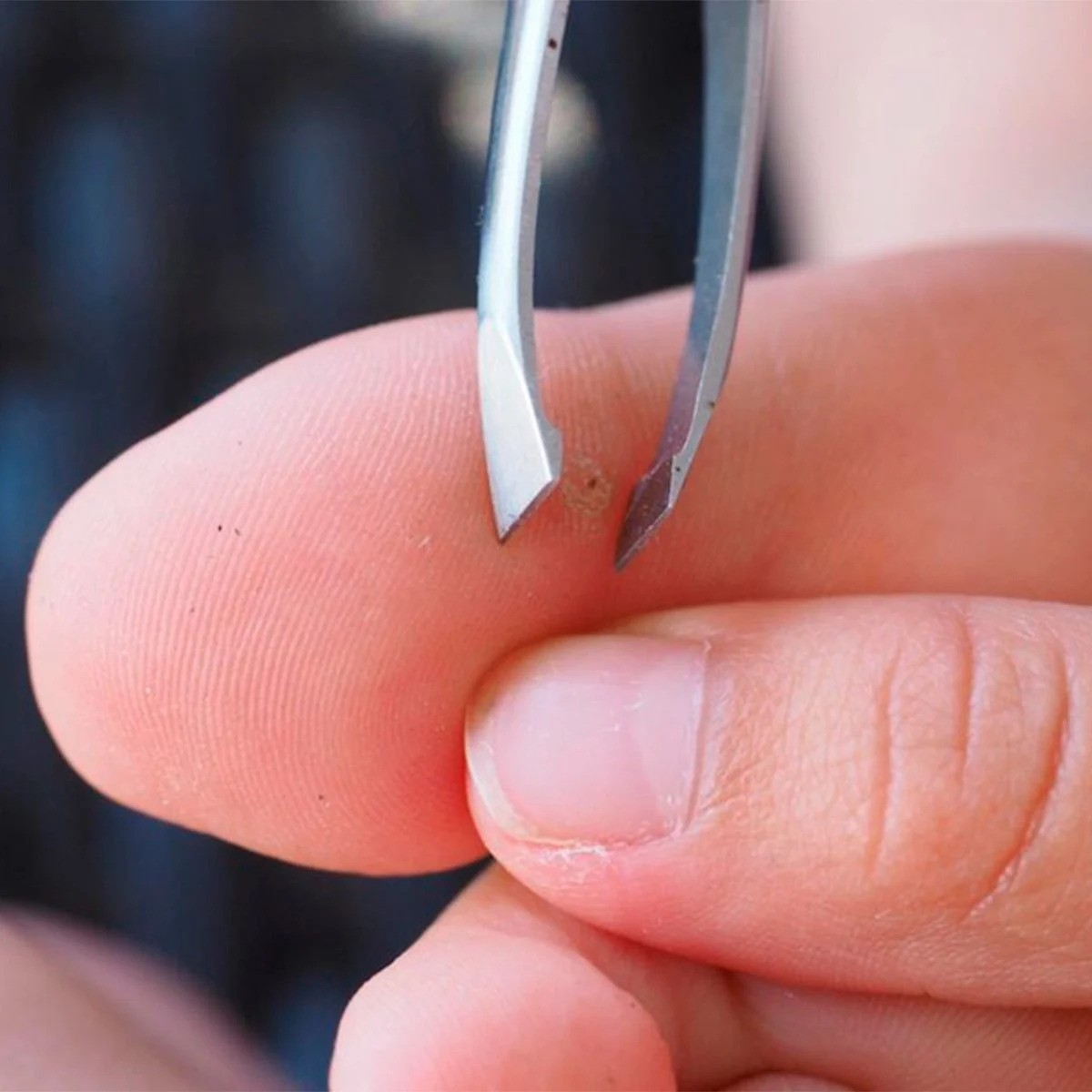
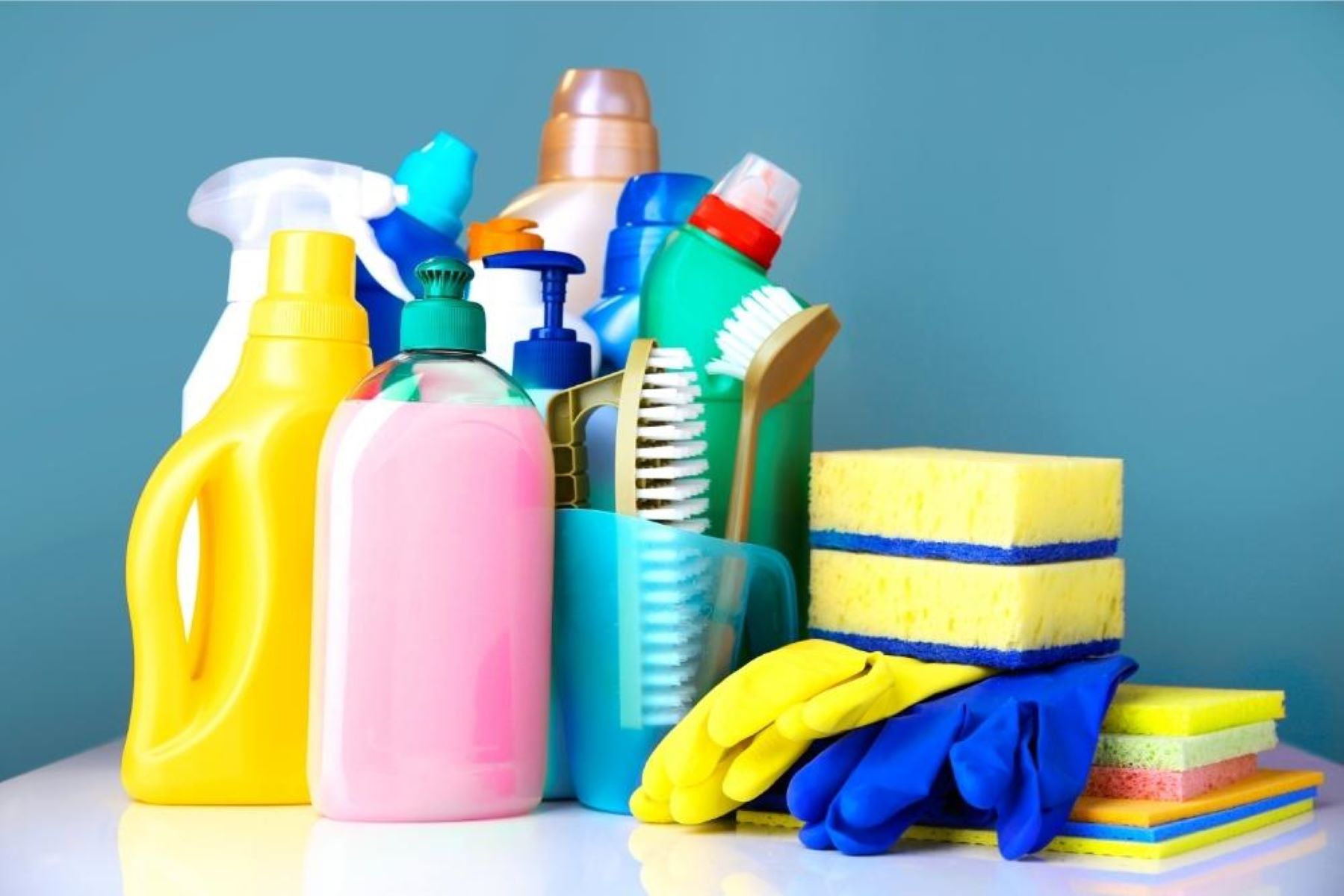
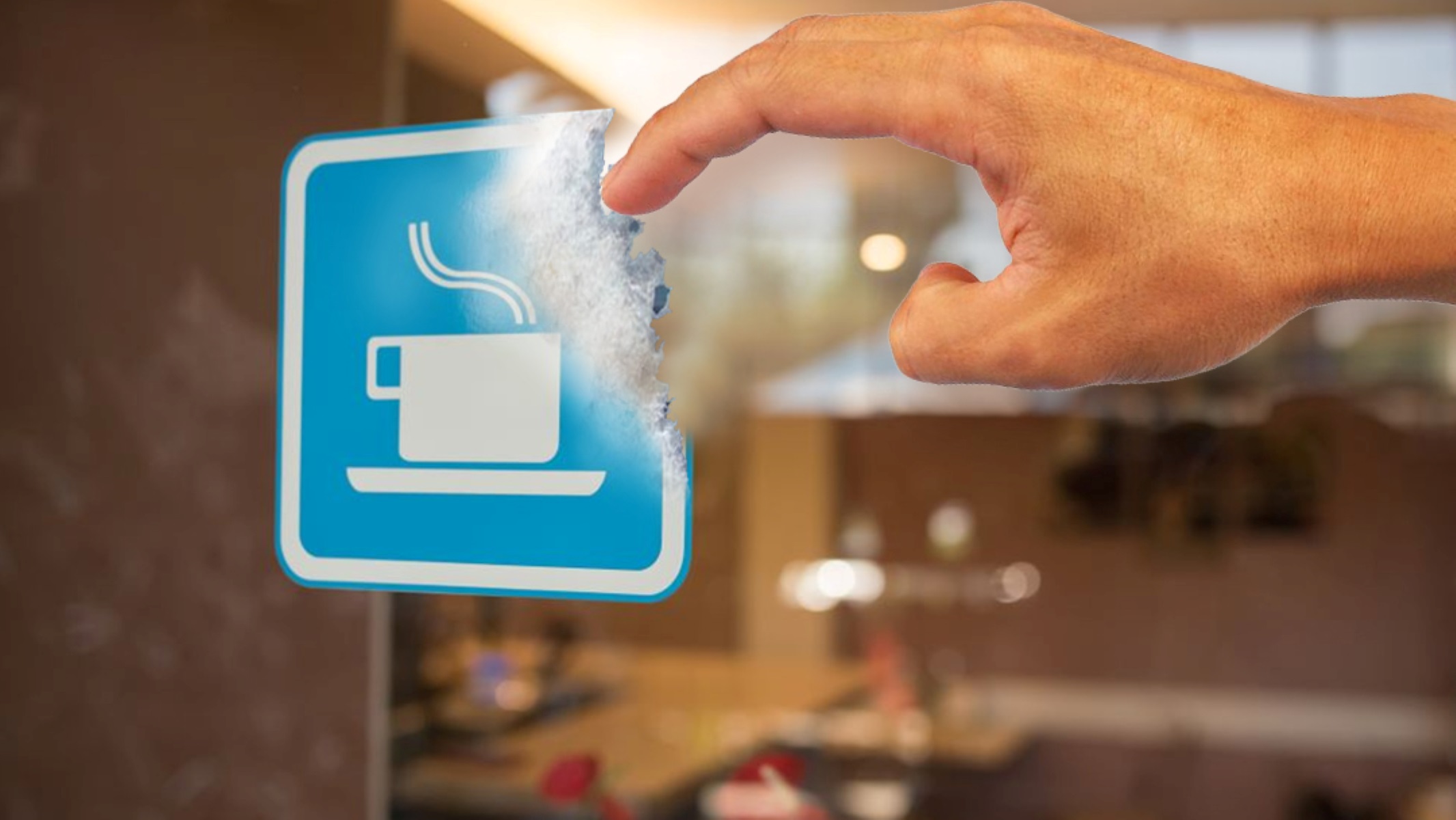
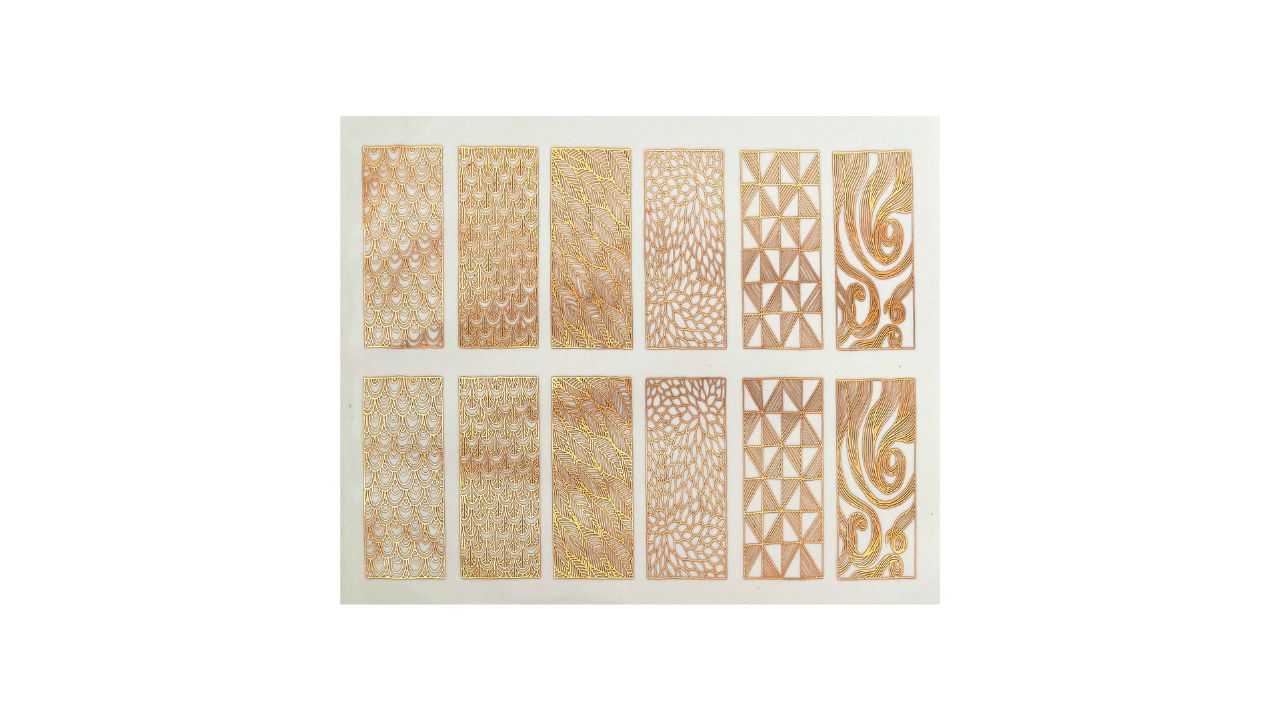




0 thoughts on “How To Remove Film From Glass”